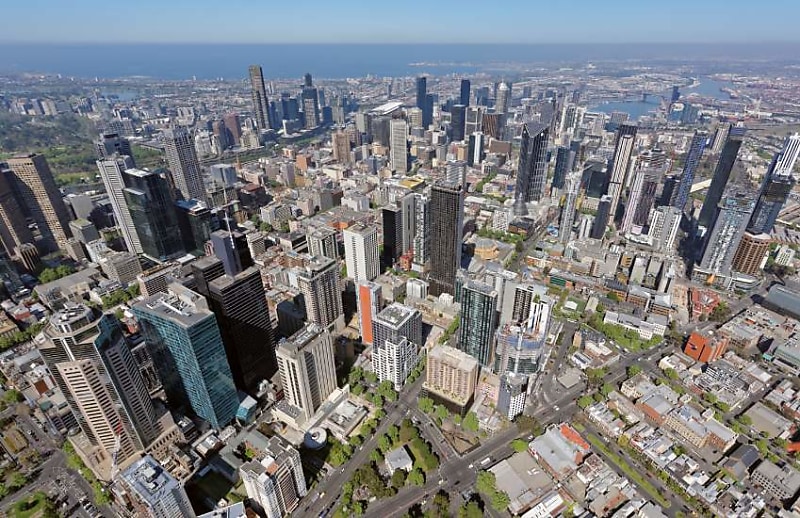Victoria’s “hibernating” commercial property tax regime will strike in unexpected ways and could be the most significant tax change since the GST, according to Forvis Mazars.
It said the new commercial and industrial property tax (CIPT) was not a “textbook tax switch”, where one tax completely replaced another, but would result in a “draconian” tax regime for the struggling property sector.
You’re out of free articles for this month
Under CIPT, properties would be subject to stamp duty for a final time at sale, transitioning to an annual 1 per cent CIPT a decade later that would be paid in addition to land tax.
“The tax reform checks the boxes of the Treasury number crunchers – ultimately replacing the inefficient upfront transfer duty yet retaining the rivers of gold from it until the unstoppable tide of annual CIPT revenues come flooding in,” the firm said in a recent article.
Indebted governments across the country might be tempted to hastily enact similar reforms to bolster public coffers, however, the firm warned the consequences would only be apparent when the duty applied in 10 years.
“From the perspective of what it could lead to, it is possibly Australia’s most significant tax change since the GST,” it said.
“The reality is that the practical impact and difficulties of Victoria’s new tax will remain obscured whilst it hibernates. Only when it awakes from its 10-year slumber will its pain and complexity become fully known.”
The tax was introduced in the Victorian budget in May 2023 and passed by the state parliament 12 months later.
A property will enter the commercial and industrial property regime where:
- The transfer of property is a dutiable transaction that takes place on or after 1 July 2024.
- The property has a qualifying use.
- The transaction relates to at least a 50 per cent interest in the property (or that amounts to at least 50 per cent when aggregated together with other relevant acquisitions).
- The CIPT will apply to CIP that is defined to include property classified as commercial, industrial, extractive industries, infrastructure or utilities under the Australian Valuation Property Classification Code (AVPCC).
“One by one, every commercial and industrial property in Victoria will eventually be sucked into the tax reform vortex,” Forvis Mazars said, with mixed-use properties, purchasing fractional interests, land consolidations and landholder acquisitions all set to be caught up by CIPT.
Mixed-use properties with commercial or industrial primary use sold from 1 July would fall under the CIPT reform. After 10 years, CIPT would apply to the entire site value, including residential parts.
Landholder transactions would be the “most complex area” because both CIPT and duty implications would have to be managed, especially when a company owns commercial and non-commercial land.
“The landholder duty payer is the entity that acquired the shares or units under a relevant interest. However, the CIPT taxpayer is the owner or joint owners of the land itself,” the firm said.
“Let’s assume that later you sell your 50 per cent shareholding in the company. You have escaped the CIPT, but it remains for the landowner company itself. It is as if the devious mind behind the crime gets an early pardon from prison, while the unwitting accomplice gets a life sentence.”
As a result, CIPT’s implications, as a hibernating tax, would need to be considered carefully by accountants, lawyers, bank lending managers, property managers and development planners.
“It will only take one to forget the hibernating tax at their critical moment and, unless you are on the ball, surely there will be strife.”
Christine Chen
AUTHOR
Christine Chen is a journalist at Accountants Daily and Accounting Times, the leading sources of news, insight, and educational content for professionals in the accounting sector.
Previously, Christine has written for City Hub, the South Sydney Herald and Honi Soit. She has also produced online content for LegalVision and completed internships at EY and Deloitte.
Christine has a commerce degree from the University of Western Australia and a juris doctor degree from the University of Sydney.

 Login
Login







